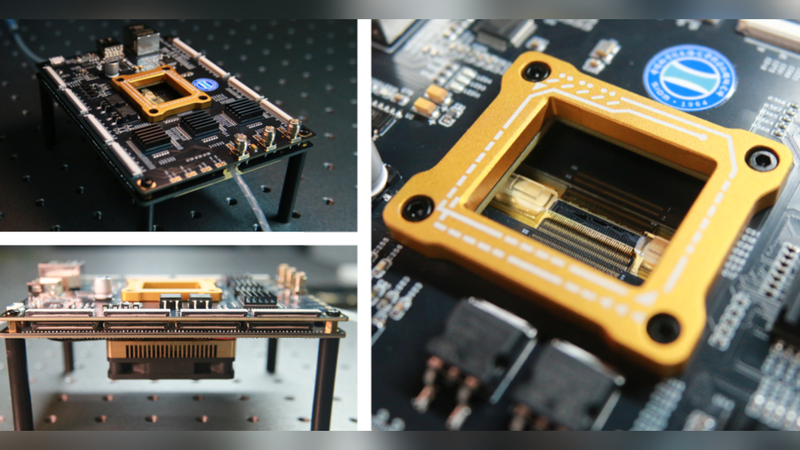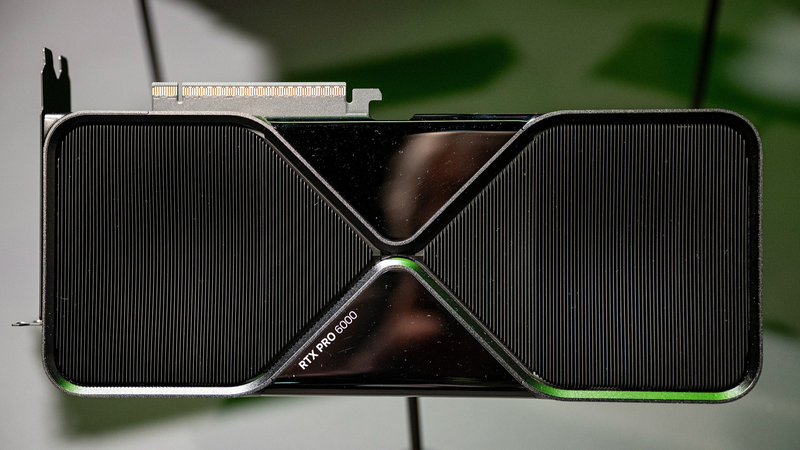Hold onto your GPUs, tech enthusiasts! Chinese scientists just dropped a game-changing innovation: the world's first ultra-high parallel optical computing chip. With a jaw-dropping theoretical peak of 2560 TOPS (that's 2,560 trillion operations per second 💥), this chip could rival NVIDIA's top-tier hardware while using light instead of electrons.
Developed by Shanghai Institute of Optics and Fine Mechanics researchers, the chip uses 100+ light wavelengths simultaneously – think of it like upgrading from a bicycle lane to a 100-lane hyperhighway 🛣️. Team engineer Han Xilin explains: "We're processing data streams in parallel without changing the chip's physical size."
Key innovations include:
- 🌈 Soliton microcomb light sources creating 100+ color channels
- 🔁 Reconfigurable, low-loss architecture
- ⚡ 50 GHz optical clock speed
Why does this matter? Optical computing's natural speed and parallel processing could supercharge AI training, drone swarms, and real-time physics simulations. The tech might soon power everything from smart cities to neural networks that learn at light-speed 🧠💨.
Published as a cover story in journal eLight, this breakthrough could reshape how we approach computing challenges. As researcher Xie Peng notes: "We've unlocked unprecedented density in on-chip data processing." Could this be the beginning of the photonic computing era? Only time – and light waves – will tell ⏳✨.
Reference(s):
China builds world's first ultra-high parallel optical computing chip
cgtn.com







